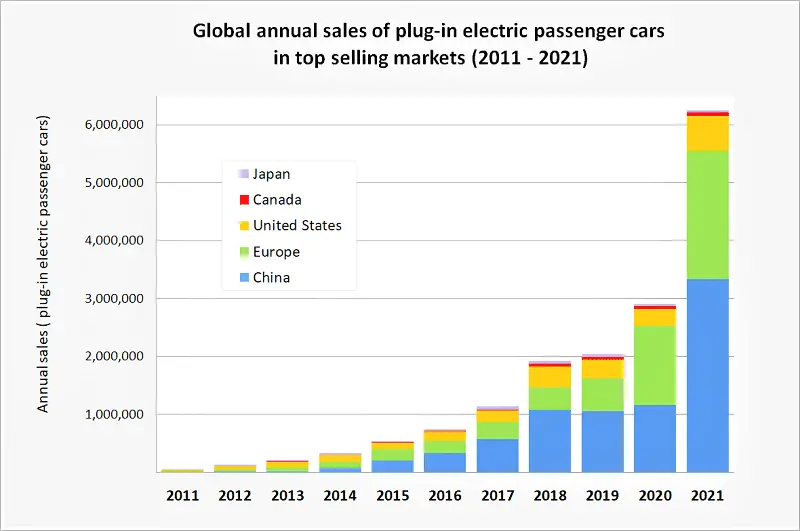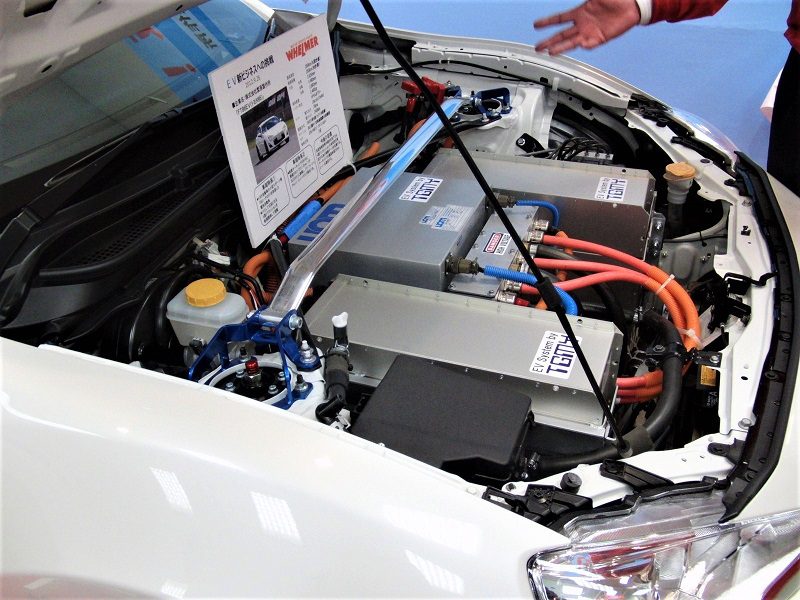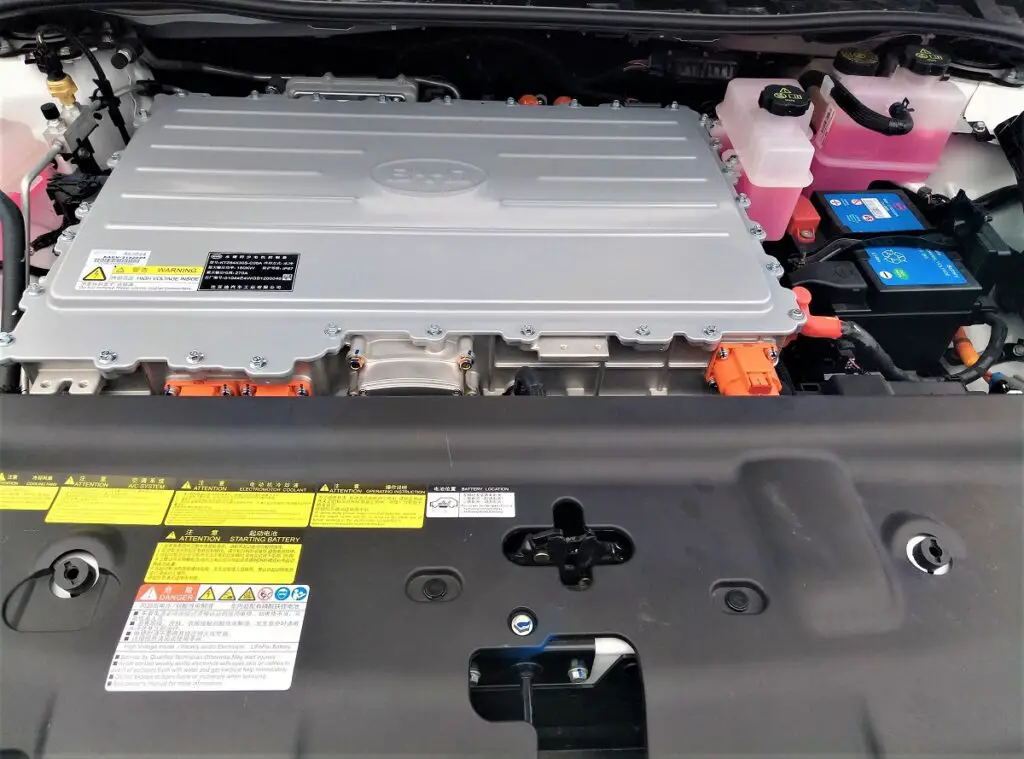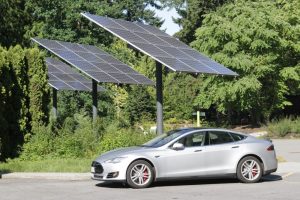ELECTRIC VEHICLE (EV) batteries are the beating heart of electric cars. But when it comes to sales, they are also the EV’s Achilles Heel.
Charging time depends on a number of factors, including the battery’s size, the weather in your area, and the vehicle’s maximum charge rate.
While EV sales have skyrocketed over the past 10 years, industry experts contend that long charging times are still holding back sales.
Many of the batteries that power electric cars today can take 12 hours to charge using a Level 2 outlet. Today’s drivers are accustomed to filling their gas tanks in less than five minutes.
Even long-range EVs require a few hours of charging. For example, you’ll need around six-and-a-half hours to fully charge the EV battery of a 2022 Tesla Model 3 Long Range vehicle.
“It’s one of the big barriers for someone who is not living with a battery-electric vehicle yet,” says Alex Tripi, who heads Volvo’s electric vehicle marketing department.
But what if you could cut the average charging time to just 11 minutes or so? Researchers from the University of Pennsylvania recently published a study that claims a simple tweak can do just that.

A simple tweak adds safe, fast power to standard EV batteries.
The new study shows how adding a thin sheet of nickel inside a standard EV battery can reduce its charging time to a few quick minutes.
For their experiment, the researchers used a lithium-ion EV battery with a 560-kilometer range when fully charged.
By adding an ultrathin nickel foil to its interior, they found they could recharge the battery from zero to 70 percent in 11 minutes. That’s enough to keep an EV going for about 400 kilometers.
When the researchers extended the charging time to 12 minutes, they found they could charge the modified EV battery to 75 percent. This much energy could power an electric car for 440 kilometers.
“Our technology enables smaller, faster-charging batteries to be deployed for mass adoption of affordable electric cars,” says study senior author Chao-Yang Wang.
Wang is confident the new technology will eliminate range anxiety, which stops many prospective buyers from investing in electric cars.

New EV batteries charge faster – but not fast enough.
Range anxiety is the fear that the EV battery on your electric car won’t have sufficient charge to get you where you need to go. Industry experts say this is still one of the greatest barriers preventing fleets from going electric.
The real-world mileage of the EV batteries on older electric cars had a poor reputation. That reputation has persisted even as EV manufacturers have made some progress in reducing charging times and increasing the range of their vehicles.
The latest generation of EVs, many with ranges of around 480 kilometers on a full charge, can accept electricity at a much faster rate than previous models.
The problem is, most public charging stations fill cars much too slowly. They usually require hours – not minutes – to provide enough electricity for an extended trip.
Wang associates the problem with the battery management systems on lithium-ion EV batteries. These systems change the charging rate of the batteries in relation to the internal temperature of the battery.
Why this happens has to do with electrical resistance – how any given material opposes an electrical current. This conductivity is dictated by how much room the atoms of these materials allow electrons to zip through.
As the heat goes up, those atoms start moving more. Their movement helps boost battery performance. However, high charging speeds can cause lithium batteries to overheat, which degrades EV batteries over time.

Going Against the Traditional Mindset
As bad as heat sounds, cold winter weather tends to lengthen charging times. That’s because the liquid electrolyte in EV batteries gets more viscid in cold weather. Eventually, the liquid freezes. This increases resistance, thus decreasing battery performance.
Keeping batteries at precisely the right temperature has been a major challenge for battery engineers, says Wang.
In the past, automakers relied on bulky external heating and cooling systems to regulate the temperature of EV batteries. These responded slowly and wasted a lot of energy.
Wang says he and his colleagues wanted to find a simple way to get standard EV batteries to an elevated temperature within a minute since fast charging only lasts for 10 minutes.
“We happened to have invented an internal heating foil in our earlier work on self-heating batteries,” says Wang.
In 2016, Wang and his associates added nickel foil to lithium-ion battery interiors to heat them and help them perform better in the freezing cold. The results were promising.
“Conventional lithium-ion batteries are developed for man-portable electronics – as such, scientists and developers are very afraid of heat,” Wang explains. “We went against this traditional mindset.”
Improving the State-of-the-Art in EV Batteries
In the new study, Wang and his colleagues again used nickel foil to warm EV batteries. By heating up a charging device to 60°C for just 10 minutes, they were able to speed the incorporation of lithium ions into layers of graphite that make up the EV battery’s anode. This is a key step in recharging EV batteries.
The researchers discovered that “lithium-ion batteries can be very stable and safe at elevated temperatures with a simple adjustment of battery materials,” Wang says.
Wang says the process is different from those used on current electric cars, which manufacturers claim can travel 100 or 150 miles after 10 minutes of charging.
Wang points out that these cars usually have a 600-mile cruise range. “Filling energy for 150 miles is essentially equal to charging to 25 percent,” Wang says. “Our work improves the current state of the art by three times.”
The researchers’ battery lasted for more than 900 cycles when charged to 70 percent. When charged to 75 percent, the battery lasted 2,000 cycles.
“When we use up 200 miles per charge, we can stop and go to the restroom, and 10 minutes later the vehicle is recharged and ready for another 200 miles of travel,” says Wang. “So there is no range anxiety this way.”
Do you own an electric car? How much of a factor was charging time in your decision to buy an EV?
Tell us about it in the comment section below. We’d love to hear from you.






